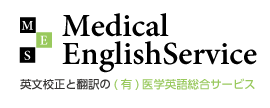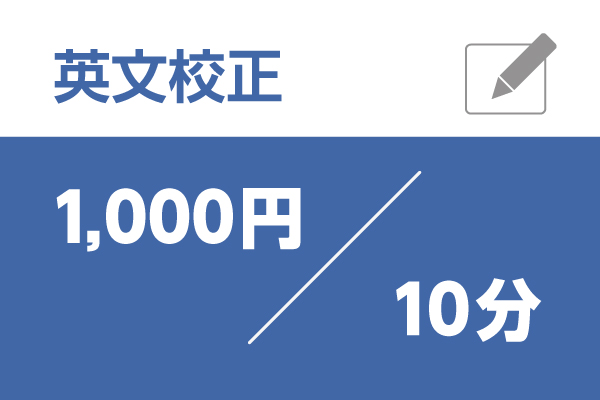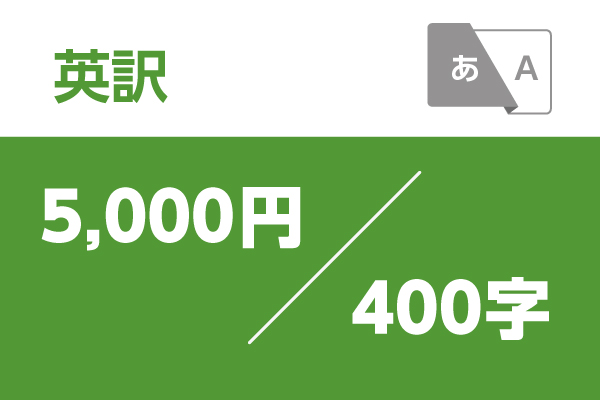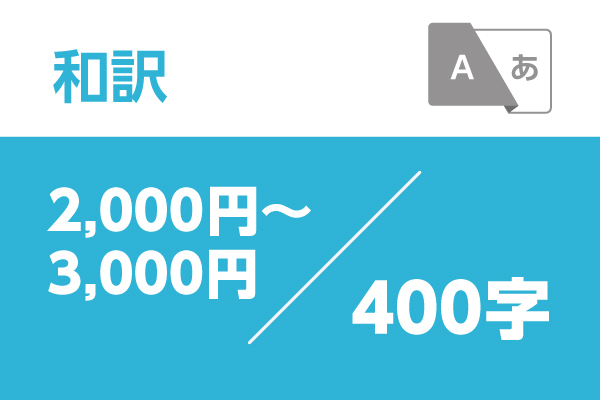カバーレター、査読コメント、再投稿時の返信を英語で書くときに役立つGoogle検索法
英語の論文を投稿するときには、カバーレターを英語で書くことはもちろん、論文に対する査読コメントも英語で返信されます。論文を改善し再投稿するときにも同様に、英語で概要をまとめて返信する必要があります。この記事では、英語でカバーレターを書くときや査読コメントに対して返信するときに役立つGoogle検索法をご紹介します。
初投稿時のカバーレター(Cover letter)の書き方
論文をジャーナルに投稿するときには、論文の概要を端的にまとめたカバーレターを添えます。カバーレターでは研究結果について端的にまとめつつ、その論文が投稿先であるジャーナルにふさわしいことを主張します。ジャーナルの編集者に興味を持ってもらえるよう、客観的かつ論理的に論文をアピールしましょう。
カバーレターは送付状でもあるので、最初に日付や宛名を書きます。続いて、冒頭には投稿先のジャーナル名や論文のタイトルなどを記載します。カバーレターの本文には、投稿する論文の概要をまとめます。研究を通して何が明らかになったのか、研究の意義やアピールポイントなどを3~4つの段落で端的に示しましょう。
書き出しの参考になる文章を探すには、以下のフレーズでGoogle検索をするとよいでしょう。
“We would like to submit our manuscript”
“We are submitting our manuscript”
“We found that”
“Our results suggest”
ほかにも、“cover letter”や“submit”、“our manuscript”などのキーワードをGoogle検索することで、参考になる例文やサンプルを見つけることができます。適切な検索結果が表示されないときは、ジャーナル名や研究分野に関する単語(病名や薬品名など)を組み合わせて検索するのもおすすめです。ジャーナルによってはカバーレターについても規定が設けられているため、必ず投稿規定を確認しましょう。
査読コメントの例文紹介
論文を投稿した後は、約1~3か月かけて査読が行われます。その後、採用の可否とあわせて論文に対する査読コメントが送られてきます。受け取った査読コメントを論文の改善に役立てるのと同時に、評価項目別にファイリングして保存しておくのがおすすめです。将来、自分が査読を依頼されたときに表現や言い回しの参考になります。
査読コメントの一例をご紹介します。以下のフレーズの一部または全部をGoogle検索して、参考になるフレーズを見つけてください。
●掲載の可否および独創性(General evaluation)に関するコメント
I believe that this paper fits the aims and scope of this journal and provides useful information to readers.
This review article presents an excellent summary of recent information on * and is worthy of publication.
Few studies have analyzed *, making this paper valuable.
●論文の不足点や改善点に関するコメント
Therefore, this paper is suitable for publication, but the manuscript requires revisions.
My search of the literature revealed few studies of~
However, * has already been reported, and this paper provides no new information.
The manuscript contains many unnecessary descriptions throughout.
The authors should improve their English usage and sentence construction, especially in Materials and Methods.
●図表に関するコメント例
~should be more clearly described using tables.
Figs. 1 and 2 should be deleted, and Tables 1 and 2 should be condensed into a brief note on the results obtained.
The quality of the photograph in Fig. 1 is so poor that the * site is not clearly visible. It should be replaced by a clear photograph.
●論文の形式や表記に関するコメント例
The entire text should be double-spaced.
The References and Figure Legends sections should start with a new page.
The abbreviations in the table require explanation as footnotes.
●誤字を指摘するコメント例
Table 1 is an error, which should read Table 2.
0.9% is a typographical error, which should be read as 9%.
WOH is a typographical error for WHO.
●加筆や修正を提案するコメント例
The description of * is insufficient
The description of * should be more detailed
The description of * should be revised
査読コメントに対する返答(Response)
改善した論文を再投稿する際には、手紙文の中に査読コメントに対する返答(response)を記載します。本文の書き出しには、まず査読者への感謝を述べるとよいでしょう。次のフレーズの一部または全部で検索すると、査読コメントへの返答にふさわしい書き出しのバリエーションを見つけられます。
“Thank you for your suggestion.”
“Thank you very much for your insightful suggestion and positive comments.”
続いて、査読者からの指摘を受けて論文をどのように改善したかを簡潔にまとめます。例えば、指摘にしたがって文章を追加した場合、挿入した箇所を明確にしながら以下のように表現します。
The sentence “Three of these patients had lung metastases.” was added to Methods, on page 10, in line 5.
Since no significant difference in … was observed between the two groups, a sentence to that effect was added to Results (page9, lines 9-10).
追加した文章が長い場合は、次のような一文を添えるのもよいでしょう。
The following sentences were added to the second paragraph of the Discussion (section).
図表を削除したり、複数の表を一つにまとめたりした場合は以下のように記載します。
Table 2 was deleted.
Fig. 2 was omitted.
Tables 1 and 2 were merged.
なお、査読者から指摘された内容に対して1項目ずつ返答する際、各文頭に「ご指摘どおり(As indicated,)」や「ご指摘にしたがって(As suggested by the reviewer,)」などの表現をつける必要はありません。文脈上、査読コメントで指摘されたことがもっともであると書きたい場合は、以下のように書き始めるとよいでしょう。
“We agree that”
同様に、手紙文の最後に「ご高配のほどよろしくお願い申し上げます」のような表現も無用です。査読者やジャーナルの編集者によってはわずらわしく感じることもあるため、必要以上に丁寧な表現は避け、簡潔で端的な表現を心がけましょう。









